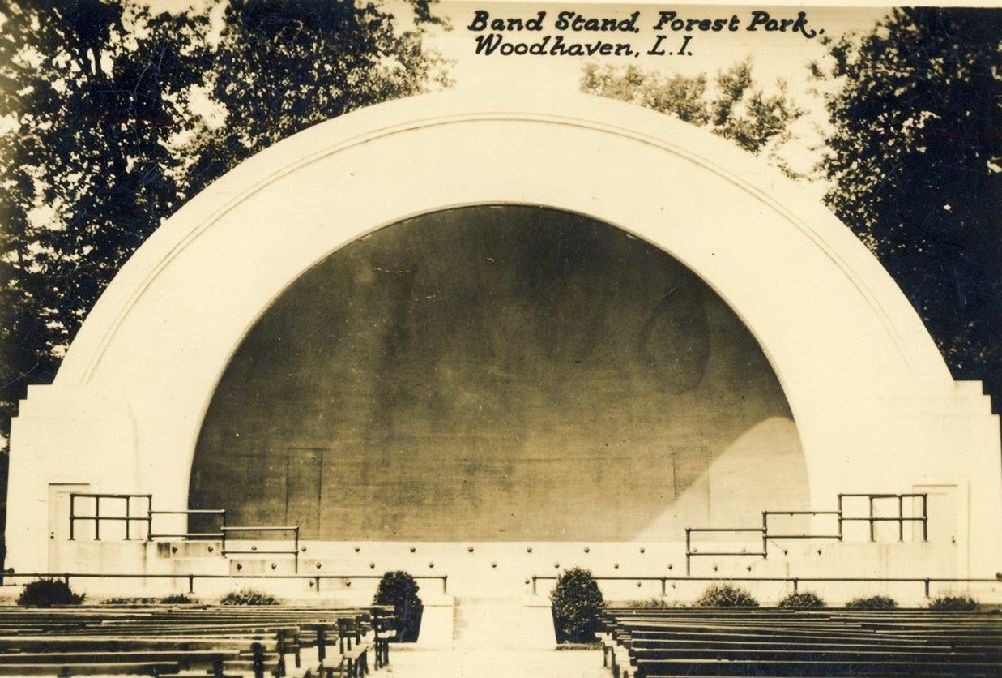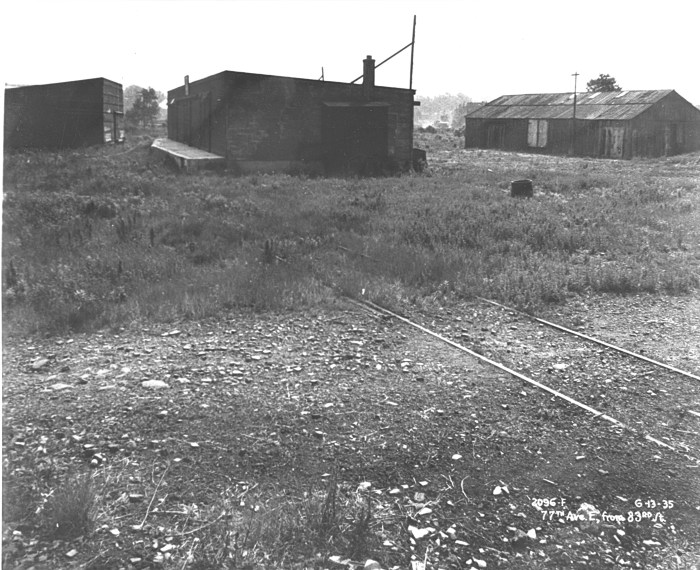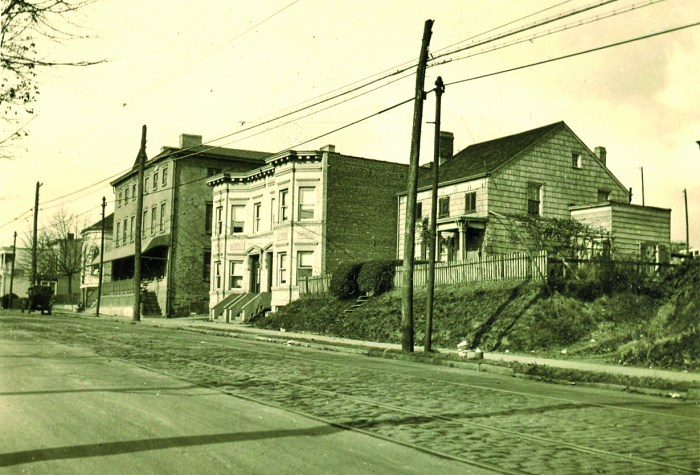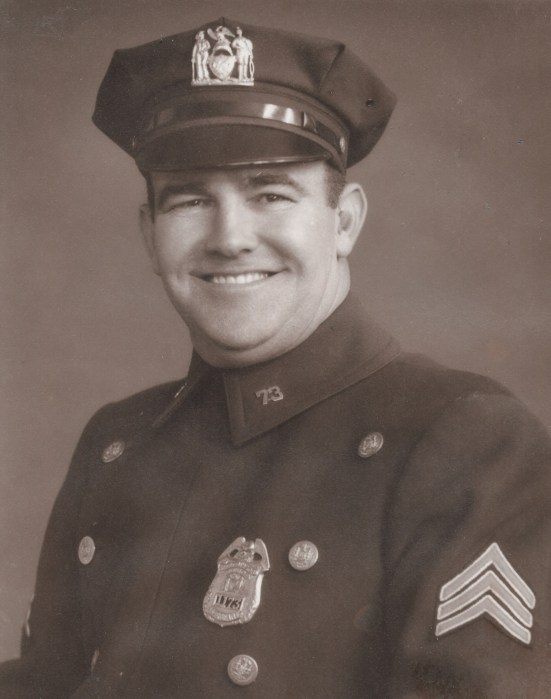A century ago, 1923 was an interesting year in the history of Woodhaven as it began to transform into the community that we are familiar with today. The empty spaces left by old farmland were filling up rapidly and several hot topics of conversation would bear fruit familiar to residents of Woodhaven in 2023.
Although the very first Queens Public Library was opened in Woodhaven (at the corner of 88th Street and Jamaica Avenue, where a Kentucky Fried Chicken sits today), it was very small and had limited seating.
Residents, led by the Homestead Civic Association of Woodhaven, lobbied to bring a modern library to the community but there wasn’t enough money.
But thanks to famed industrialist and philanthropist Andrew Carnegie, who had left money to fund libraries around the world, the cornerstone for the Woodhaven Library was laid by New York City Mayor John Hylan in June 1923. That library still operates today.
Now that they had a library, the Homestead Civic Association of Woodhaven set their sights on a post office. When Woodhaven was founded in 1835 by John Pitkin, the center of town ran along University Place (which is now 95th Avenue in Ozone Park), which is where the post office was located.
As farms turned to housing, the center of town shifted north to Jamaica Avenue. But when plans were announced for a new post office, it was to be built in Ozone Park, giving that community two while Woodhaven had zero. The residents protested but the government steadfastly refused to build a post office in Woodhaven.
The Homestead Civic Association came up with a plan to provide a building (at the corner of 78th Street and Jamaica Avenue) which they would lease cheaply to the government. To the surprise of all, the plan was accepted, and Woodhaven’s new main post office opened in 1923.
Thanks to the plan’s success, the residents of Woodhaven would go on to justify the need for a larger post office, which would be erected by the government on Forest Parkway in the 1930s, which still operates today.
The Homestead Civic Association of Woodhaven was on a hot streak and that would continue with their efforts to bring music to Forest Park. The president of the association, Harry Tourte, lobbied the Parks Department to bring more concerts to the park.
The Parks Department complied, but only under the condition that they were well-attended. Mr. Tourte made sure of that. In fact, the concerts were so well-attended that it soon became apparent that a new modern bandstand, to replace the old wooden one, was needed.
In 1923, construction began on a large concrete bandshell, large enough to accommodate 60 musicians, with two dressing rooms and seating for over 2,000 people. When it opened, it was said to be one of the finest in the United States, showcasing the latest achievements in acoustical science, and it still operates today.
At the same time these battles were being won by the residents of Woodhaven, it is a battle that they lost which we should be most grateful for.
When plans were announced to build a carousel in Forest Park, the Homestead Civic Association of Woodhaven complained and petitioned the Parks Department to find a more suitable location.
Concerns about unruly crowds and loud music deep into the night led residents to sign petitions against the carousel. But the only concession that the Parks Department was willing to make was to move it a bit closer to Woodhaven Avenue, where it still operates today.
In fact, over the last century the Forest Park Carousel has become much beloved by residents of Woodhaven and the surrounding communities. Parents and grandparents put their children on the carousel, then sat and enjoyed the pipe organ music and the smell of hot dogs and popcorn.
It was through these battles, the ones we won and the one we lost, that the Woodhaven that most of us have come to know was born, 100 ago in 1923.



































